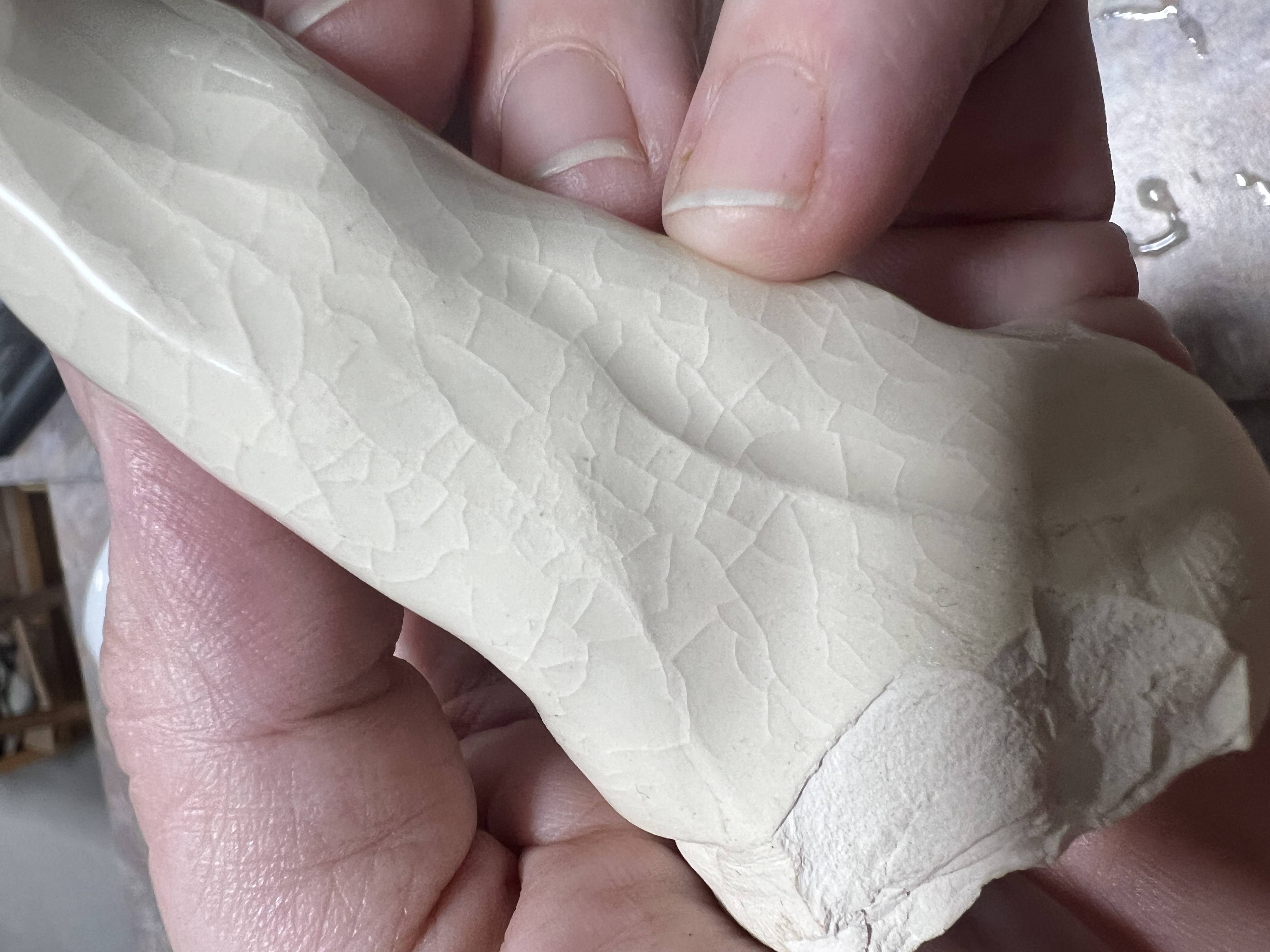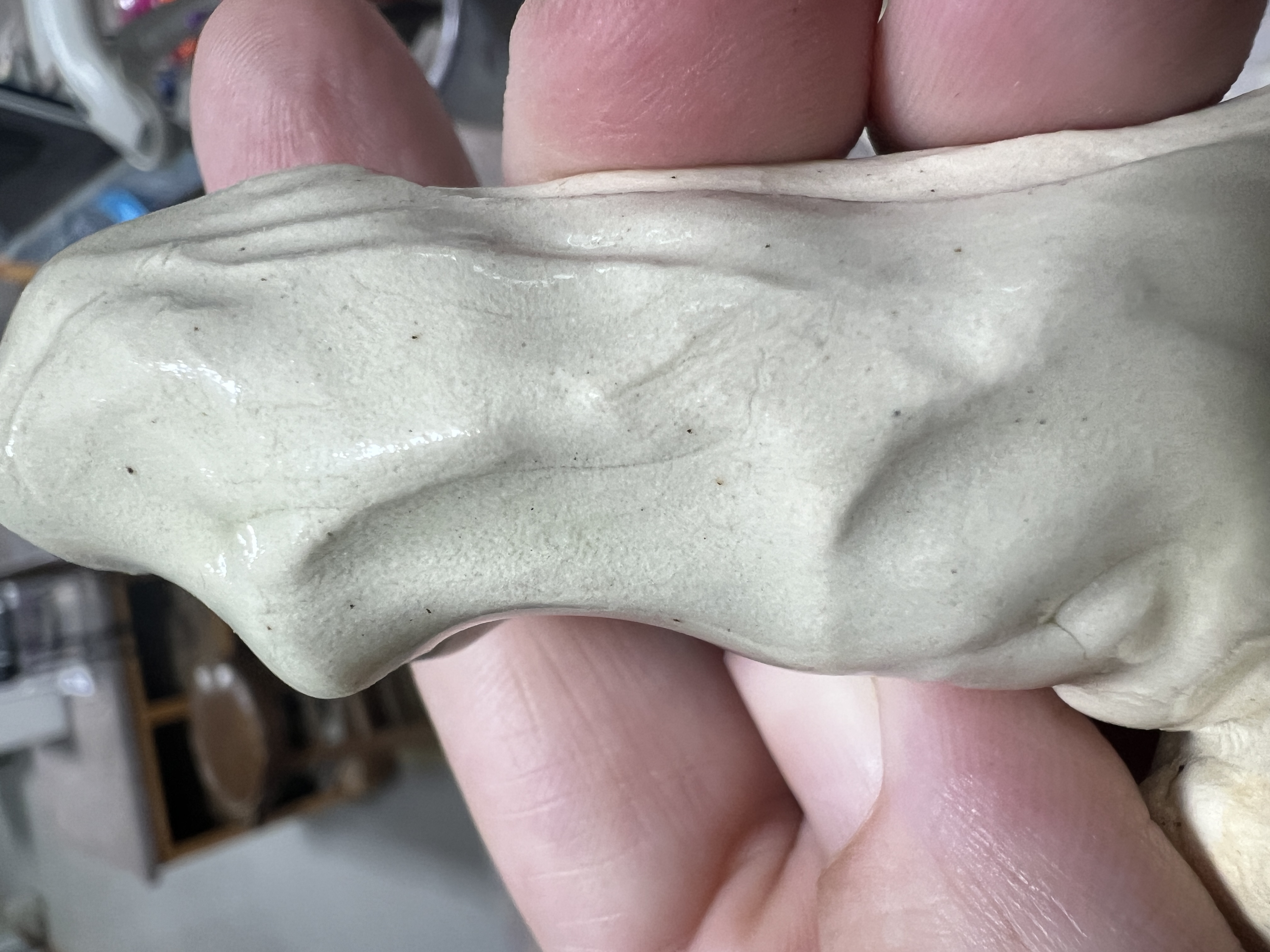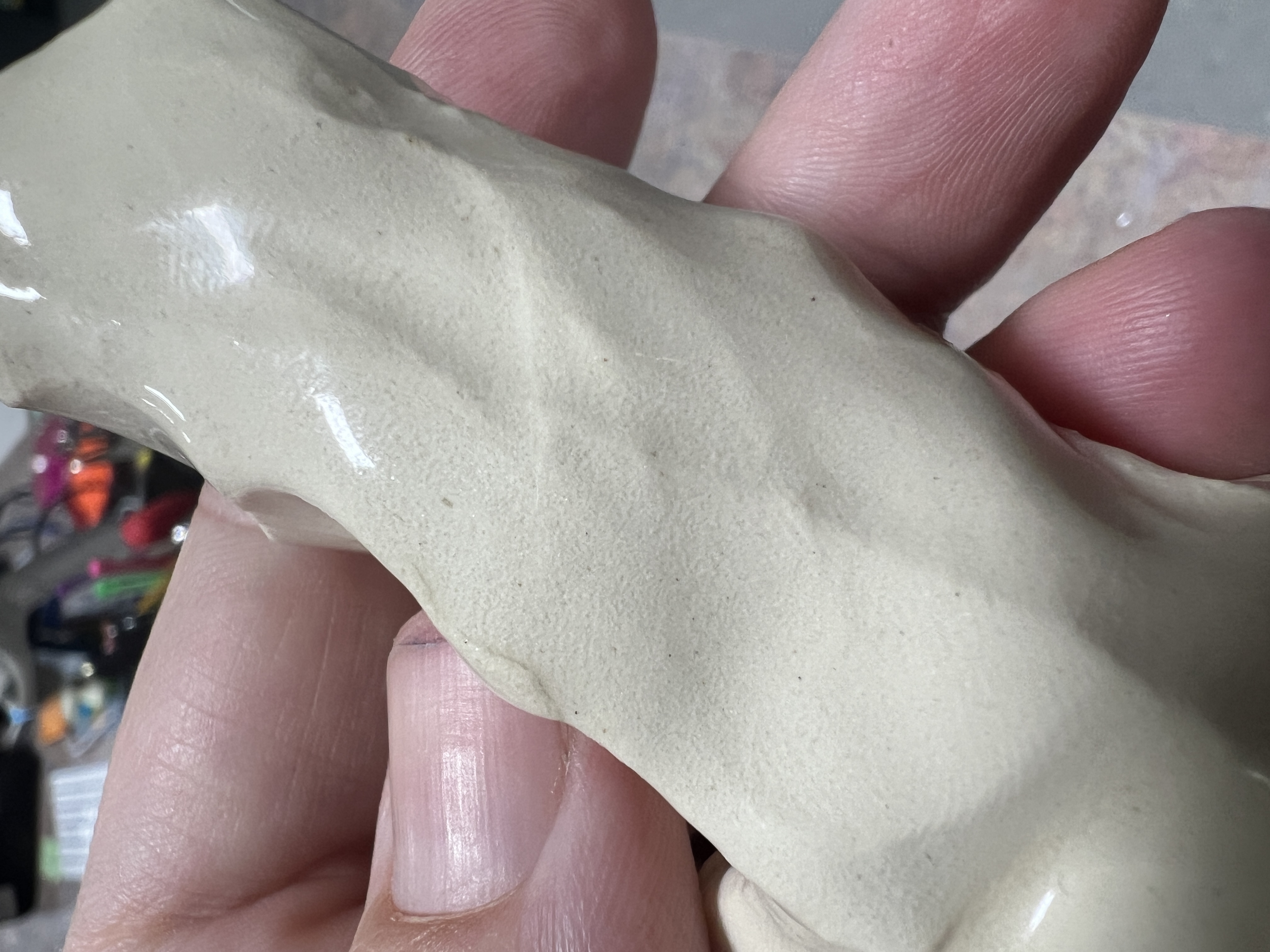Tech Tuesday - improving my ‘spar repertoire….
Posted by Cindy Bracker on Aug 6th 2024
Winter wind….no, I’m not talking about the recent reduction of summer’s heat that arrived today, I mean our cone 5/6 clay body that originally replaced the Flint Hills 5/6 Porcelain.
Some of you may remember back in 2021 when the announcement that Talc was no longer to be mined commercially dropped, and we started to work on reformulations of all the talc-containing bodies. We had several people test what we believed to be our final revision of it, and give us feedback, thus was born Winter Wind, and it was easy to work with, strong and stable. Until…..
Remember last year when the announcement that the Custer Feldspar mine was closing dropped? Yeah, so with less time than we had to figure out the talc debacle, we were neck deep in a feldspar quandary. G200 EU was the obvious substitute and we were able to quickly figure up the percentage needed to maintain the same shrinkage rate, and delightfully, the body was a bit brighter white to boot.
 But…something was lurking beneath the surface, or actually, right at the surface, and that something was pretty significant crazing and some less than ideal water properties.
But…something was lurking beneath the surface, or actually, right at the surface, and that something was pretty significant crazing and some less than ideal water properties.
What do I mean by water properties? Mostly, porosity, absorption, vitrification and how they all relate to one another. More on that in an upcoming article (I have so much to share)
So this past spring, I started to do some research, thinking, and planning related to our winter wind and a few other clay bodies. Now those of you who know me, know that I am a big proponent of transparency, so I like to share what I learn. You may also know that I do NOT have a degree in ceramic engineering, or even ceramics at all. What I do have is a curious mind and great spreadsheet skills. I learn a lot by trying stuff and recording the results.
I also know Pete. And if you’ve ever read any of my technical writings, you probably know this too. I can’t say enough good things about Pete Pinnell. He is not only one of the most intelligent and knowledgeable people in our industry, he’s also so great at explaining things in regular language and he’s willing to share his vast knowledge, research and personal experiences as well. So AFTER doing a bunch of research in the many books from my parents’ library, I asked him a few questions. My fingers were on fire, flying across the keyboard trying to keep up with what he was saying.
I learned a lot from that conversation and it sent me down a new path of discovery. I ran some initial tests on our Winter wind and I DEFINITELY saw the crazing in clear glazes. I also tested some pots with a variety of other glazes which seemed to be FAR less finnicky (ones that have a lot of color depth like potter’s choice or Mayco Stoneware or similar visual texture glazes), but I wanted to improve the clay body over all. First step, swap the spar.
We ran the same tests but changed the G200 EU feldspar to Minspar in one and Neph Sy in another. I just pulled my initial tests out of the kiln and I am strongly optimistic about both of these possibilities. Shrinkage and absorption are both a bit lower, color is bright and, most importantly, I see no crazing so far. I tested a clear glaze from AMACO, Spectrum, Opulence, Coyote and Mayco, and all five out of the kiln had no obvious crazing.


I currently have them all sitting in a bucket of water to test for moisture absorption and delayed crazing.
Next steps are to look at the glazes after being soaked in water, then put them in boilingwater and then in my instapot at 15psi for 15 minutes. I also want to repeat the shrinkage tests for reliability, make some real-life vessels and test with a variety of glazes, and extrude some 10” rods for warpage tests. Hopefully that narrows down the updated recipe for wide testing, and I’ll be asking some of you winter wind fans to help me out on that! Stay tuned and stay cool!

